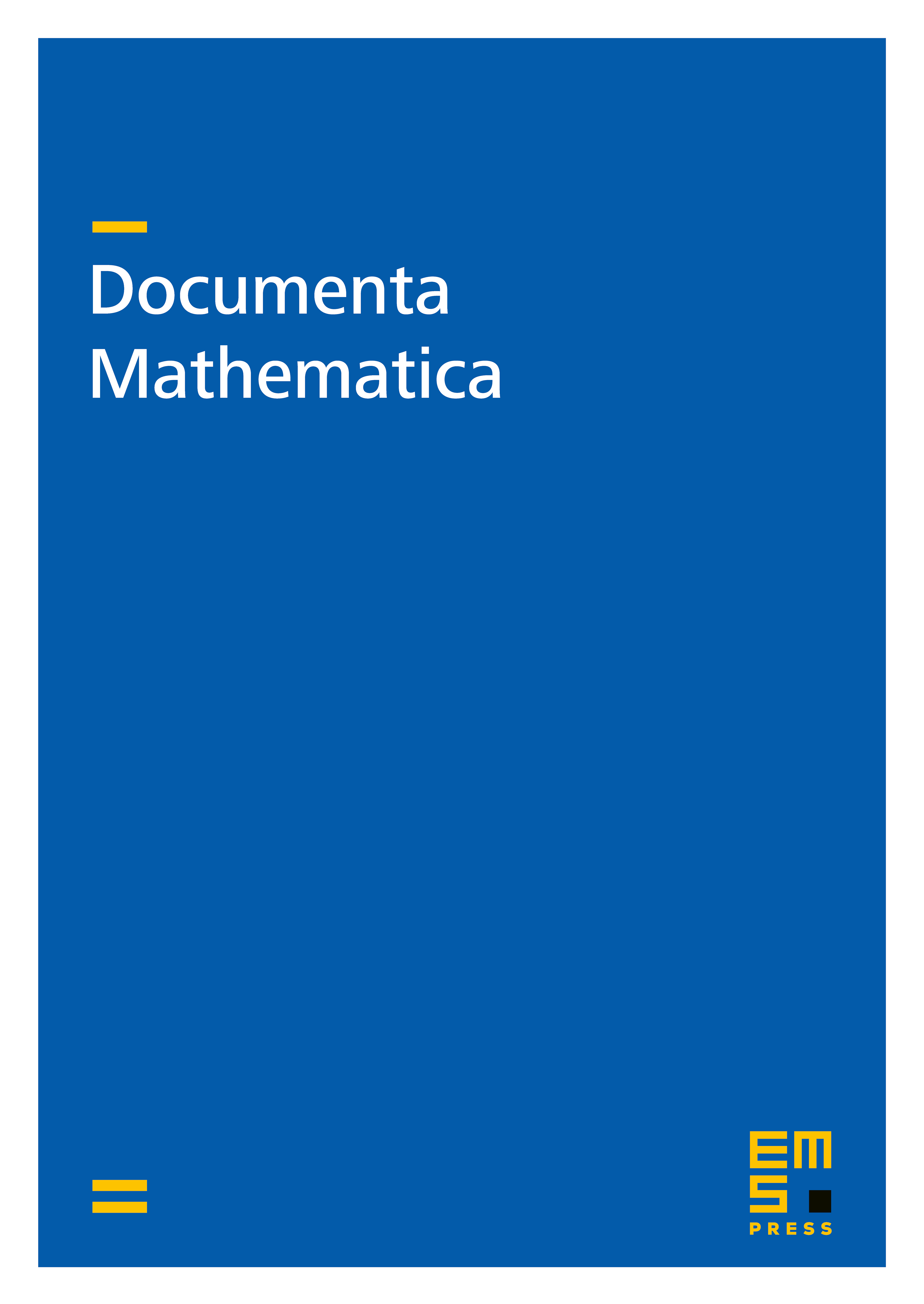Transfer maps in generalized group homology via submanifolds
Martin Nitsche
Institut für Geometrie, TU Dresden, GermanyRudolf Zeidler
Mathematisches Institut, WWU Münster, GermanyThomas Schick
Mathematisches Institut, Universität Göttingen, Germany

Abstract
Let be a submanifold embedding of spin manifolds of some codimension . A classical result of Gromov and Lawson, refined by Hanke, Pape and Schick, states that does not admit a metric of positive scalar curvature if and the Dirac operator of has non-trivial index, provided that suitable geometric conditions on are satisfied. In the cases and , Zeidler and Kubota, respectively, established more systematic results: There exists a transfer which maps the index class of to the index class of . The main goal of this article is to construct analogous transfer maps for different generalized homology theories and suitable submanifold embeddings. The design criterion is that it is compatible with the transfer induced by the inclusion for a chosen orientation on the normal bundle. Under varying restrictions on homotopy groups and the normal bundle, we construct transfers in the following cases in particular: In ordinary homology, it works for all codimensions. This slightly generalizes a result of Engel and simplifies his proof. In complex K-homology, we achieve it for . For , we have a transfer on the equivariant KO-homology of the classifying space for proper actions.
Cite this article
Martin Nitsche, Rudolf Zeidler, Thomas Schick, Transfer maps in generalized group homology via submanifolds. Doc. Math. 26 (2021), pp. 947–979
DOI 10.4171/DM/833